Disclosure: This post may contain affiliate links. I earn a small commission of product sales to keep this website going.
There was a big buzz recently when the Fujifilm GFX100RF was announced, a medium-format fixed-lens camera with three digital teleconverter options. Much of the hype proclaimed this was like carrying four different lenses without having to carry four lenses!
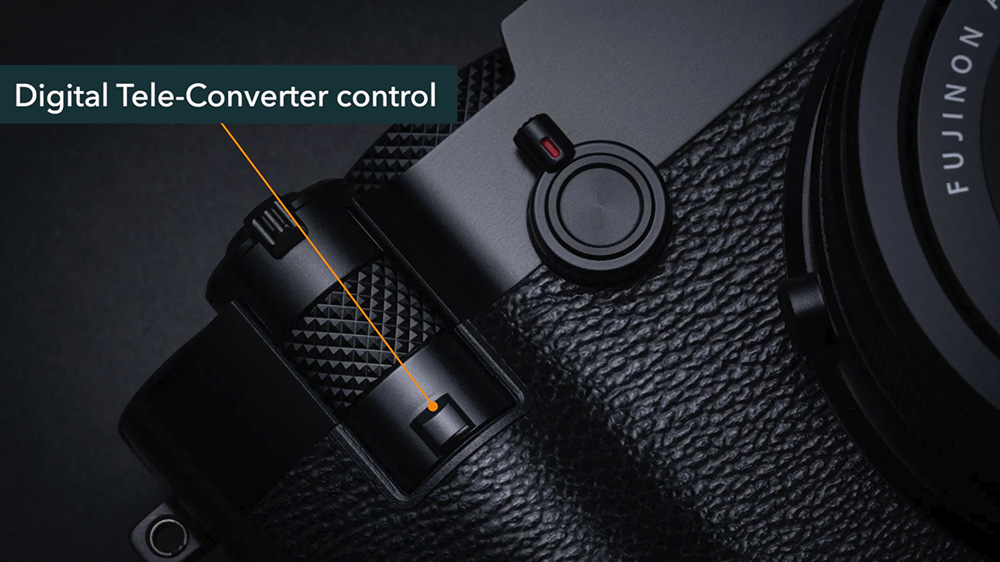
But is this really true? What exactly are digital teleconverters? Are they really replacements for physical lenses? That’s what we’ll answer here.
What are Digital Teleconverters?
When you enable your camera’s digital teleconverter, you’re simply cropping in-camera.
It’s much like when you crop the edges of a photo on your phone or Lightroom to make your subject larger and more prominent. That’s all your camera is doing; it’s cropping and recording a smaller area of your sensor. Could you do this in post-processing? Absolutely. Or you could do it in-camera with the digital teleconverter.

This is why people say it’s like having multiple lenses: because they give you different fields of view. It’s like zooming in without needing longer focal lengths.
In the Fujifilm X100VI, for example, the two teleconverter options give you fields of view equivalent to 50mm and 70mm in addition to the uncropped 35mm:
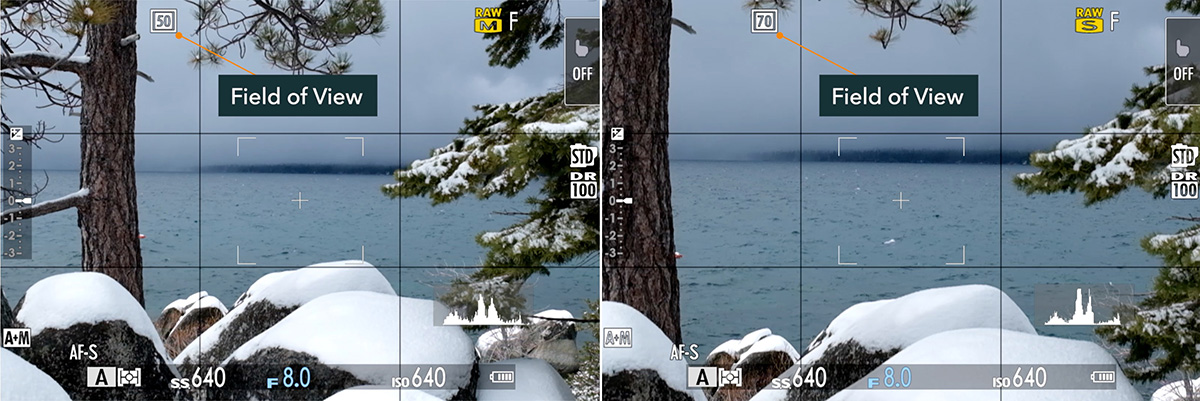
This is a really nifty feature: having the ability to “zoom” a fixed 23mm lens (with a 35mm field of view on the Fujifilm X100) in the camera.
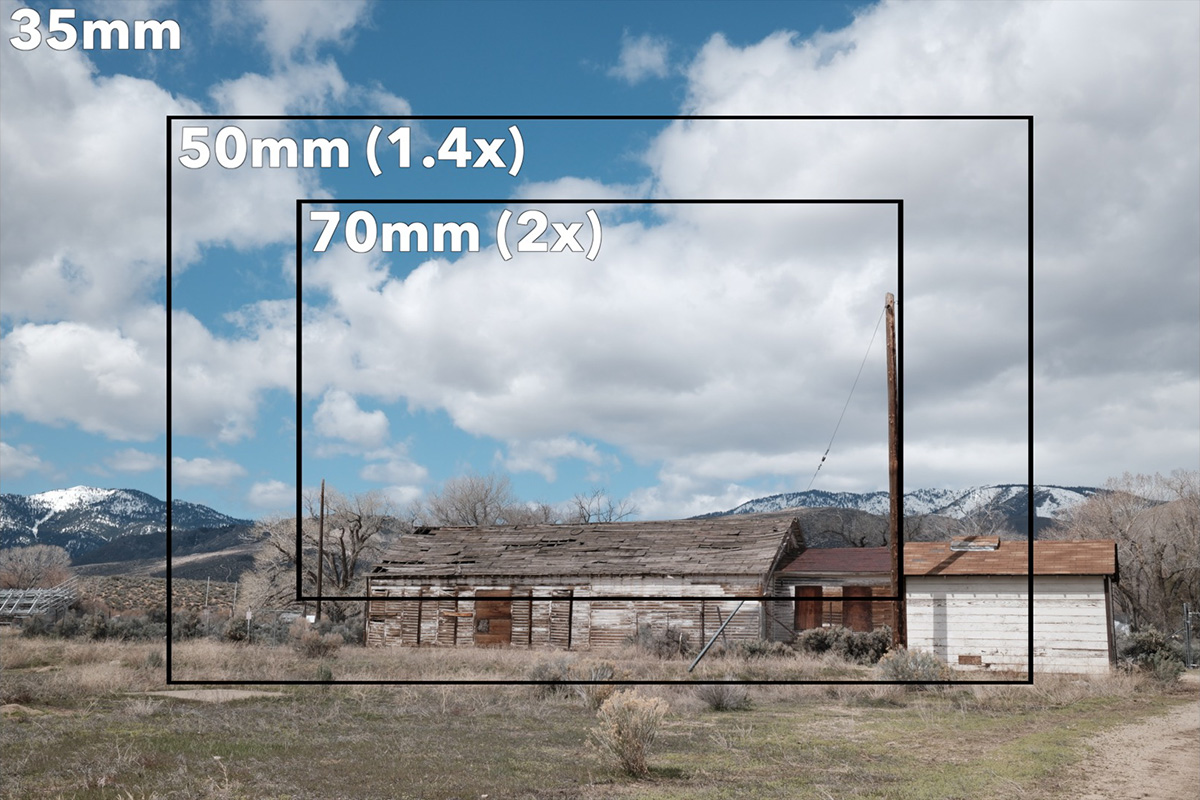
However, it’s not exactly the same as having a 35mm lens, a 50mm lens, and a 70mm lens all in one camera for the following three reasons.
Two Reasons Digital Teleconverters Aren’t Like Separate Lenses
Loss in Resolution
The latest Fujifilm X-series cameras with a 40MP sensor come with these digital teleconverters, along with the 100MP GFX100RF. These are insane amounts of resolution! No one really needs that, unless you plan on doing heavy cropping. Like using the digital teleconverter.
Here’s the resolution you get when using the digital teleconverter to crop:
- No teleconverter: 40MP
- 1.4x teleconverter: 20MP
- 2x teleconverter: 10MP
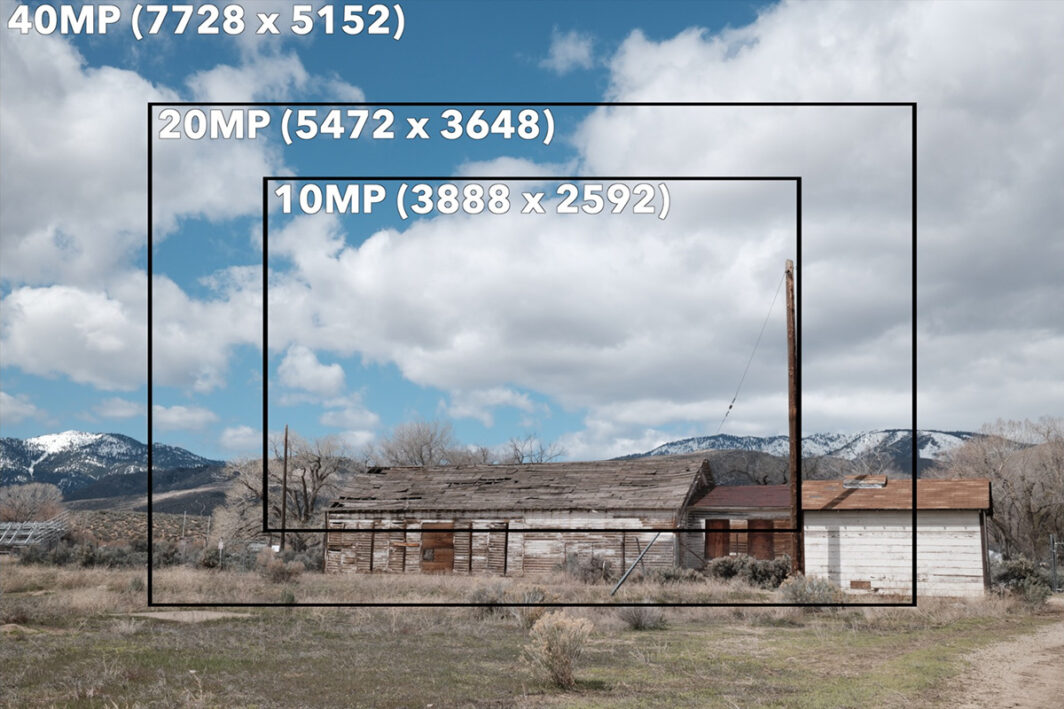
You can see it’s a really big drop in resolution! 10MP will let you print up to an 11″x14″, and it’s fine for sharing on a website or social media, but you can’t do much else with it.
Fujifilm cameras will display a warning on your screen that your image will be saved as either a Medium (1.4x) or Small (2x) file:
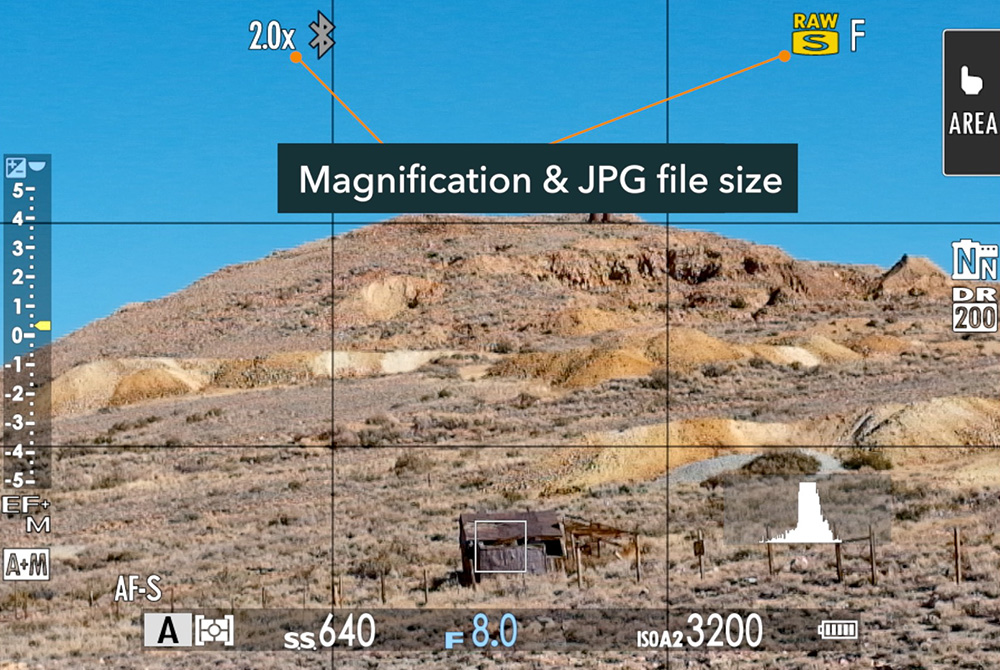
The GFX100RF teleconverter at the maximum crop will give you a resolution of 20MP.
It should also be noted that the older Fujifilm X100F and V models have digital teleconverters that crop the sensor, but they also upscale or enlarge the image back to the native sensor resolution. They do this by interpolating data and applying a sharpening algorithm.
Different Depths of Field
Another reason digital teleconverters differ from physical lenses is the differences in depth of field. In the following image, you see a 23mm lens at f/2.8 using a 2x digital teleconverter on the left. On the right, an actual 50mm focal length at f/2.8.
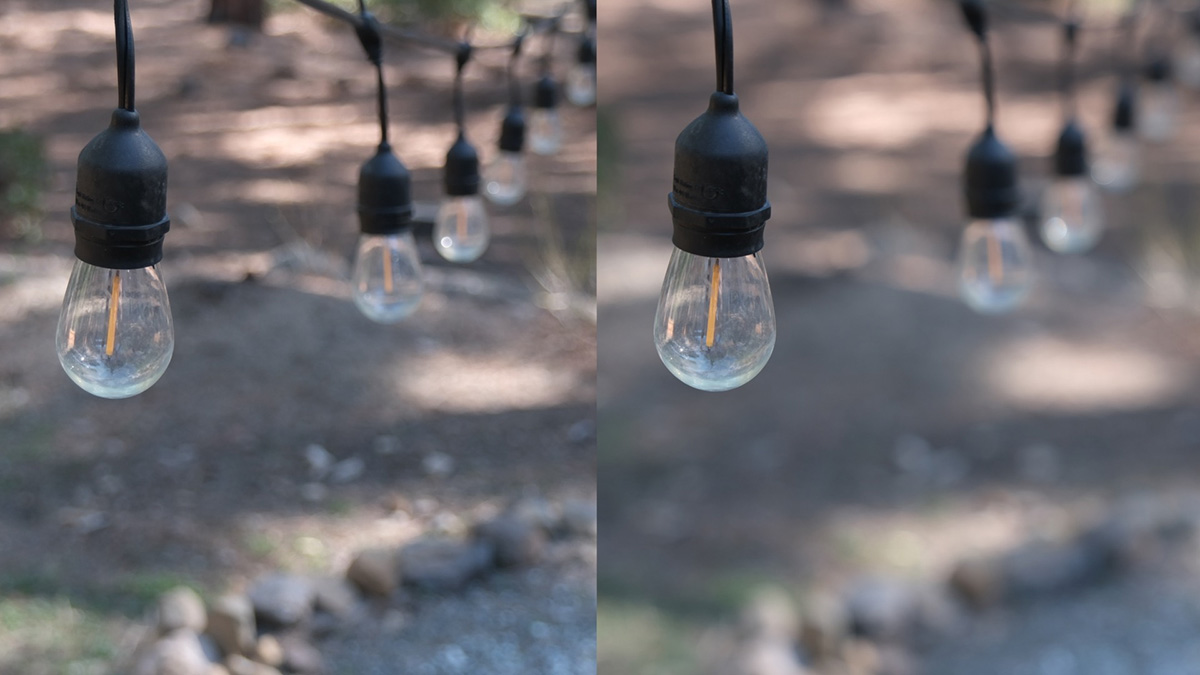
The reason you can get shallower depths of field with longer focal lengths is that out-of-focus points of light become larger. It’s easier to see that they’re blurry, resulting in shallower depths of field.
A digital teleconverter isn’t magnifying these, it’s just cropping in on them. You won’t be able to notice that those points are as blurry, thus your depth of field appears deeper.
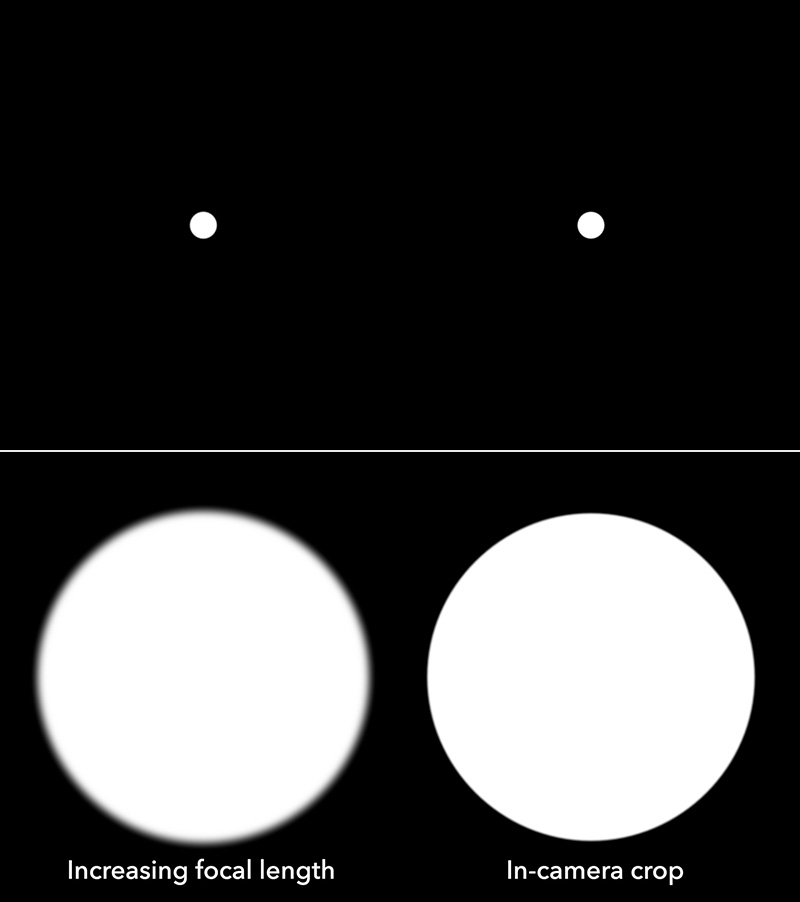
This is the concept of the circle of confusion that’s explained in the Advanced Depth of Field course.
Conclusion
A digital teleconverter is just cropping in on your sensor. There’s no other magic going on to give your lens superpowers or anything like that. It’s doing the crop for you, so you don’t have to in post-processing.
If that’s all you need, then by all means use this feature without fear!
Just know that these will also happen when using a digital teleconverter:
- You lose resolution
- Your depth of field won’t be as shallow as the equivalent physical focal length
Any other questions or comments? Please let me know below!
